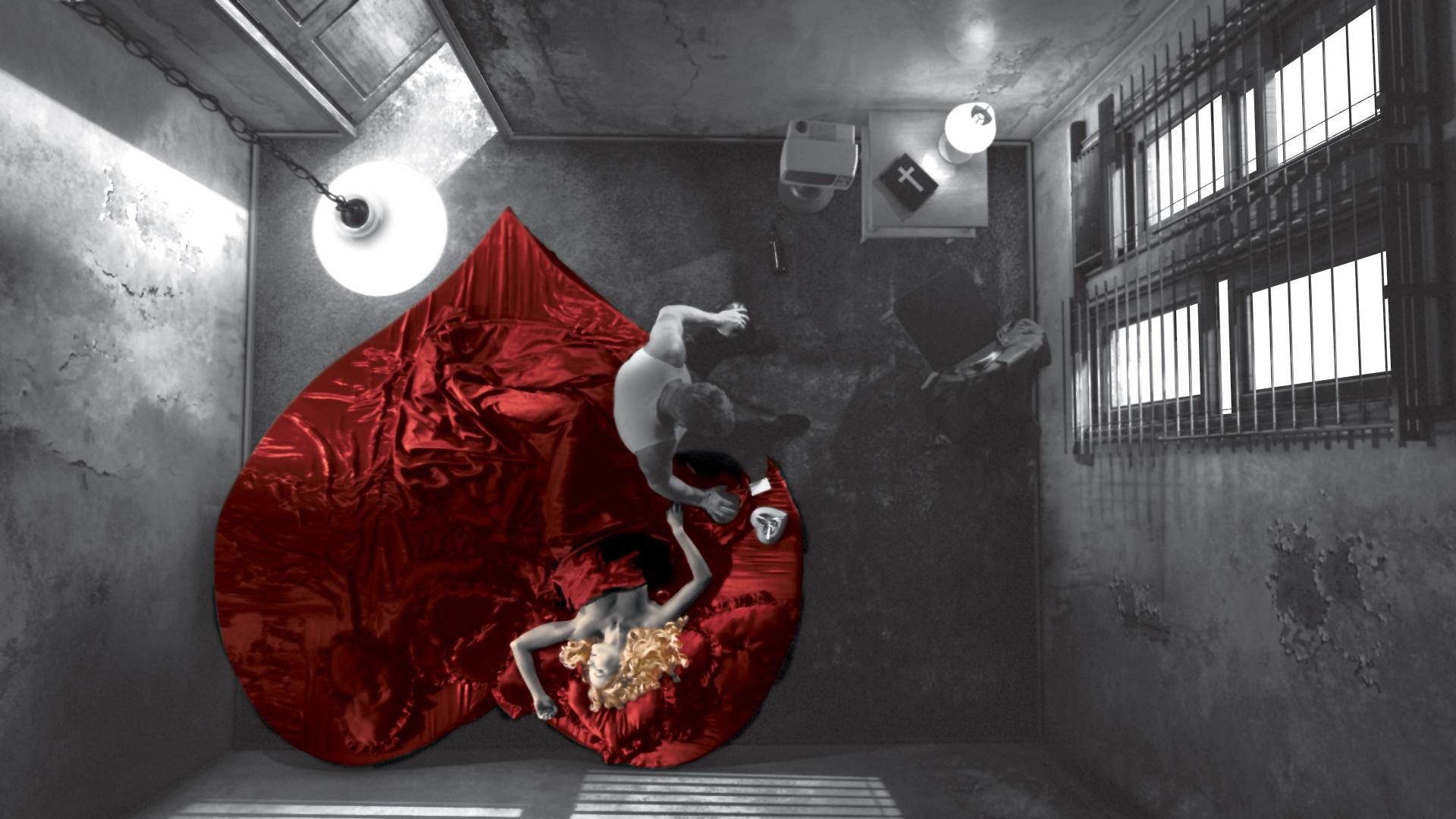 Blue Velvet is a 1986 American mystery film, written and directed by David Lynch. The film exhibits elements of both film noir and surrealism. The film owes a large debt to 1950s film noir as it contains and explores such conventions as the femme fatale (Dorothy Vallens), a seemingly unstoppable villian (Frank Booth) and the questionable moral outlook of the hero (Jeffrey Beaumont) as well as its unusual use of shadowy, sometimes dark cinematography.
Blue Velvet is a 1986 American mystery film, written and directed by David Lynch. The film exhibits elements of both film noir and surrealism. The film owes a large debt to 1950s film noir as it contains and explores such conventions as the femme fatale (Dorothy Vallens), a seemingly unstoppable villian (Frank Booth) and the questionable moral outlook of the hero (Jeffrey Beaumont) as well as its unusual use of shadowy, sometimes dark cinematography. Blue Velvet represents and somewhat establishes Lynch's famous "askew vision". It also introduces several common elements of Lynch's work. Some of which would later become trademarks of his films including: distorted characters, a polarized world, damage to the skull or brain and the dark underbelly of large cities, or in this case, small towns. In key scenes, red curtains show up specifically in Dorothy's apartment which have since become a trademark of Lynch films.
Blue Velvet has been compared to Hitchcock's Psycho ('60s) because of its bleak treatment of psychotic evil, as well as having an established link with Rear Window ('54), one of Lynch's favourite films. The idea of both films is curiosity, leading to an investigation that draws the lead characters into a hidden, underworld of crime. The film's thematric framework hearkens back to Poe and early gothic fiction, as well as films such as Shadow of a Doubt ('43) and The Night of the Hunter ('55) and the entire notion of film noir! Lynch has called Blue Velvet a "film about things that are hidden - within a small city and within people".
The most consistent symbol in Blue Velvet is an insect introduced at the end of the first scene, (1:35) when the camera zooms in on a well-kept suburban lawn until it unearths, underground, a swarming nest of grimy bugs! This is generally recongnized as a metaphor for the seedy underworld that Jeffery will soon discover.
It is very uncomfortable at times, but I enjoyed it. It is everything a modern noir should be. Very surreal, I loved it.






















No comments:
Post a Comment